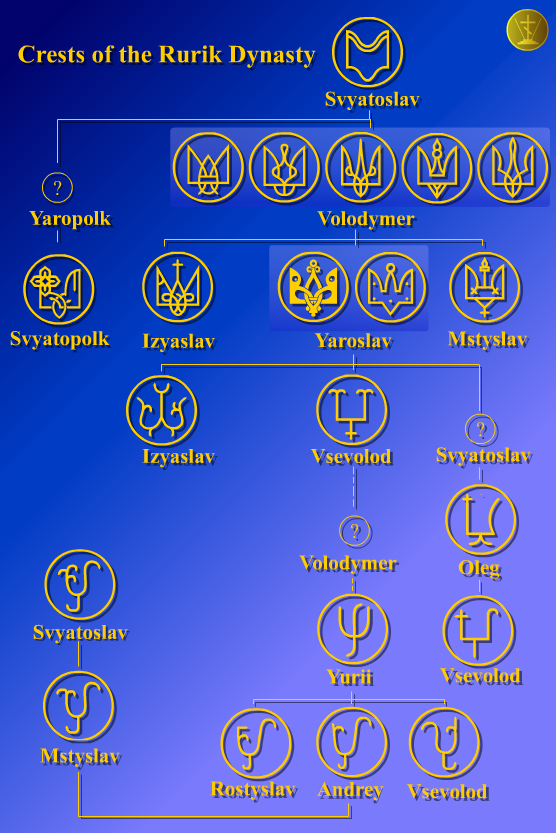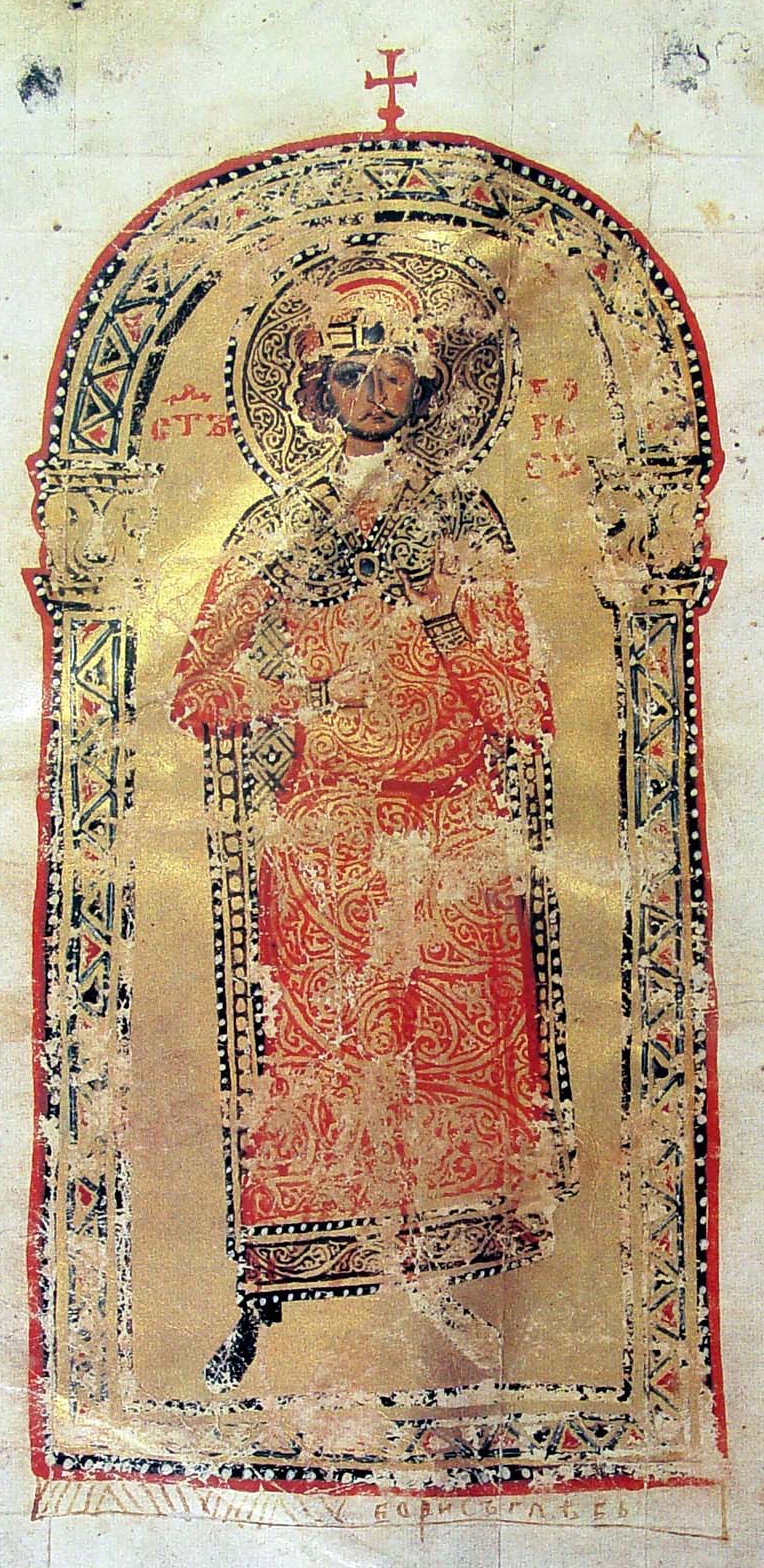|
Russkaya Pravda
The ''Russkaya Pravda'' (sometimes translated as ''Rus' Justice'', ''Rus' Truth'', or ''Russian Justice'') was the legal code of Kievan Rus' and its principalities during the period of feudal fragmentation. It was written at the beginning of the 12th century and remade during many centuries. The basis of the ''Russkaya Pravda'', the ''Pravda'' of Yaroslav, was written at the beginning of the 11th century. The ''Russkaya Pravda'' was a main source of the law of Kievan Rus'. In spite of great influence of Byzantine legislation on the contemporary world, and in spite of great cultural and commercial ties between Byzantium and Kievan Rus', the ''Russkaya Pravda'' bore no similarity whatsoever to the law of the Byzantine Empire. The absence of capital and corporal punishment rather reflects Norse jurisprudence. Editions Three recensions of the ''Russkaya Pravda'' are known: the Short Edition (''Kratkaya Pravda''), the Extensive Edition (''Prostrannaya Pravda''), and the Abridge ... [...More Info...] [...Related Items...] OR: [Wikipedia] [Google] [Baidu] |
Boris Grekov
Boris Dmitrievich Grekov (; – 9 September 1953) was a Russian Empire, Russian and Soviet Union, Soviet historian noted for his comprehensive studies of Kievan Rus and the Golden Horde. He was a member of the Soviet Academy of Sciences (1934) and several foreign academies, as well as Director of the Saint Petersburg Institute of History and the Institute for Slavic Studies of the Russian Academy of Sciences, Russian History Institute in Moscow. Grekov entered Warsaw University in 1901 but moved to the Moscow University four years later. During the pre-revolutionary years he researched the economic and social history of the Novgorod Republic (published in 1914). Grekov was accused of participating in the White movement, White Movement in the Crimea during the Russian Civil War, civil war, and in 1930, his son was arrested in connection with the "Sergey Platonov, Platonov Affair" and sent to the Solovki prison camp, Solovki Islands Penal Colony. Both of these facts were wide ... [...More Info...] [...Related Items...] OR: [Wikipedia] [Google] [Baidu] |
Sviatopolk I Of Kiev
Sviatopolk I Vladimirovich (also called ''Sviatopolk the Accursed'' or the ''Accursed Prince''; ; – 1019) was Prince of Turov from 988 to 1015 and Grand Prince of Kiev from 1015 to 1019. He earned his sobriquet after allegedly murdering his brothers during his bid to take the throne. His actual responsibility is disputed by historians. The Svyatopolk-Mirsky family of Rurikid origin attribute their descent from Sviatopolk. Tsar Peter the Great recognized their descent during his reign. Early life Sviatopolk's mother was a Greek nun captured by Sviatoslav I in Bulgaria and married to his lawful heir Yaropolk I, who became the prince in 972. In 980, Yaropolk's brother Vladimir had him murdered, and the new sovereign married his predecessor's wife, who gave birth to a child. Thus, Sviatopolk may have been the eldest of Vladimir's sons, although his parentage has been questioned. When Sviatopolk was eight years old, Vladimir put him in charge of Turov and later arrange ... [...More Info...] [...Related Items...] OR: [Wikipedia] [Google] [Baidu] |
Varangians
The Varangians ( ; ; ; , or )Varangian ," Online Etymology Dictionary were conquerors, traders and settlers, mostly from present-day Sweden, who settled in the territories of present-day Belarus, Russia and Ukraine from the 8th and 9th centuries and established the state of as well as the principalities of Polotsk and Turov. They also formed the |
Vladimir The Great
Vladimir I Sviatoslavich or Volodymyr I Sviatoslavych (; Christian name: ''Basil''; 15 July 1015), given the epithet "the Great", was Prince of Novgorod from 970 and Grand Prince of Kiev from 978 until his death in 1015. The Eastern Orthodox Church canonization, canonised him as Saint Vladimir. Vladimir's father was Sviatoslav I of the Rurik dynasty. After the death of his father in 972, Vladimir, who was then the prince of Veliky Novgorod, Novgorod, was forced to flee abroad after his brother Yaropolk I of Kiev, Yaropolk murdered his other brother Oleg of Drelinia, Oleg in 977 to become the sole ruler of Rus'. Vladimir assembled a Varangian army and returned to depose Yaropolk in 978. By 980, Vladimir had consolidated his realm to the Baltic Sea and solidified the frontiers against incursions of Bulgarians, Baltic tribes and Eastern nomads. Originally a follower of Slavic paganism, Vladimir converted to Christianity in 988, and Christianization of Kievan Rus', Christianized ... [...More Info...] [...Related Items...] OR: [Wikipedia] [Google] [Baidu] |
Rurikids
The Rurik dynasty, also known as the Rurikid or Riurikid dynasty, as well as simply Rurikids or Riurikids, was a noble lineage allegedly founded by the Varangian prince Rurik, who, according to tradition, established himself at Novgorod in the year 862. The Rurikids were the ruling dynasty of Kievan Rus' and its principalities following its disintegration. The ''Romanovichi'' ruled the southwestern territories, which were unified by Roman the Great and his son Daniel, who was in 1253 crowned by Pope Innocent IV as the king of Ruthenia. Galicia–Volhynia was eventually annexed by Poland and Lithuania. The northern and northeastern territories were unified by the ''Daniilovichi'' of Moscow; by the 15th century, Ivan III threw off the control of the Golden Horde and assumed the title of sovereign of all Russia. Ivan IV was crowned as the tsar of all Russia, where the Rurik line ruled until 1598, following which they were eventually succeeded by the House of Romanov. As a rul ... [...More Info...] [...Related Items...] OR: [Wikipedia] [Google] [Baidu] |
Lex Saxonum
The ''Lex Saxonum'' are a series of laws issued by Charlemagne between 782 and 803 as part of his plan to subdue the Saxon nation. The law is thus a compromise between the traditional customs and statutes of the pagan Saxons and the established laws of the Frankish Empire. The ''Lex Saxonum'' has come down to us in two manuscripts and two old editions (those of B. J. Herold and du Tillet), and the text has been edited by Karl von Richthofen in the '' Monumenta Germaniae Historica, Leges'', v. The law contains ancient customary enactments of Saxony, and, in the form in which it has reached us, is later than the conquest of Saxony by Charlemagne Charlemagne ( ; 2 April 748 – 28 January 814) was List of Frankish kings, King of the Franks from 768, List of kings of the Lombards, King of the Lombards from 774, and Holy Roman Emperor, Emperor of what is now known as the Carolingian .... It is preceded by two capitularies of Charlemagne for Saxony, the '' Capitulatio de pa ... [...More Info...] [...Related Items...] OR: [Wikipedia] [Google] [Baidu] |
Germanic Law
Germanic law is a scholarly term used to describe a series of commonalities between the various law codes (the ''Leges Barbarorum'', 'laws of the barbarians', also called Leges) of the early Germanic peoples. These were compared with statements in Tacitus and Caesar as well as with high and late medieval law codes from Germany and Scandinavia. Until the 1950s, these commonalities were held to be the result of a distinct Germanic legal culture. Scholarship since then has questioned this premise and argued that many "Germanic" features instead derive from provincial Roman law. Although most scholars no longer hold that Germanic law was a distinct legal system, some still argue for the retention of the term and for the potential that some aspects of the ''Leges'' in particular derive from a Germanic culture. Scholarly consensus as of 2023 is that Germanic law is best understood in opposition to Roman law, in that it was not "learned" and incorporated regional peculiarities. While th ... [...More Info...] [...Related Items...] OR: [Wikipedia] [Google] [Baidu] |
Christianization Of Scandinavia
The Christianization of Scandinavia, as well as other Nordic countries and the Baltic countries, took place between the 8th and the 12th centuries. The realms of Denmark, Norway and Sweden established their own Archbishop, archdioceses, responsible directly to the pope, in 1104, 1154 and 1164, respectively. The Religious conversion, conversion to Christianity of the Scandinavian people required more time, since it took additional efforts to establish a network of churches. The earliest signs of Christianization were in the 830s with Ansgar's construction of churches in Birka and Hedeby. The conversion of Scandinavian kings occurred over the period 960–1020. Subsequently, Scandinavian kings sought to establish churches, dioceses and Christian kingship, as well as destroy pagan temples. Denmark was the first Scandinavian country to Christianize, as Harald Bluetooth declared this around AD 965, and raised the larger of the two Jelling Stones. According to historian Anders Winroth, ... [...More Info...] [...Related Items...] OR: [Wikipedia] [Google] [Baidu] |
Knyaz
A , also , ''knjaz'' or (), is a historical Slavs, Slavic title, used both as a royal and noble title in different times. It is usually translated into English language, English as 'prince', 'king' or 'duke', depending on specific historical context and the potentially known Latin equivalents at the time; the word was originally derived from the Proto-Germanic language, common Germanic ('king'). Feminine forms of the word may be divided into two groups: * "Princess", be it princess consort (wife of a reigning prince), princess regnant (reigning princess ''suo jure''), or princess regent (reigning on behalf of an underage prince, usually her son after her husband's death) ** Belarusian language, Belarusian: ''kniahinia'' (княгіня) ** Bulgarian language, Bulgarian and Russian language, Russian: () ** Slovene language, Slovene, Serbo-Croatian, and Macedonian language, Macedonian: (in Serbian Cyrillic alphabet, Serbian and Macedonian alphabet, Macedonian Cyrillic: ) ** ... [...More Info...] [...Related Items...] OR: [Wikipedia] [Google] [Baidu] |
August Ludwig Von Schlözer
August Ludwig von Schlözer (5 July 1735, in Gaggstatt – 9 September 1809, in Göttingen) was a German historian and pedagogist who laid foundations for the critical study of Russian medieval history. He was a member of the Göttingen school of history. Early career August Ludwig von Schlözer was born at Gaggstatt, Hohenlohe-Kirchberg (today Kirchberg an der Jagst), Württemberg. His father, grandfather, and great-grandfather all were Protestant clergymen. In 1751, he followed them and began his studies in theology in University of Wittenberg, moving in 1754 to the increasingly renowned University of Göttingen to study history. After his studies, in 1755 he went to work as a tutor in Stockholm, where he spent a year and a half as tutor in the family of the minister of the German congregation, and during 1756/1757 in Uppsala, studying Old Norse and Gothic with the philologist Johan Ihre, then again in Stockholm as secretary of a German merchant. While in Sweden he wrote ... [...More Info...] [...Related Items...] OR: [Wikipedia] [Google] [Baidu] |
Russian Academy Of Sciences
The Russian Academy of Sciences (RAS; ''Rossíyskaya akadémiya naúk'') consists of the national academy of Russia; a network of scientific research institutes from across the Russian Federation; and additional scientific and social units such as libraries, publishing units, and hospitals. Peter the Great established the academy (then the St. Petersburg Academy of Sciences) in 1724 with guidance from Gottfried Wilhelm Leibniz, Gottfried Leibniz. From its establishment, the academy benefitted from a slate of foreign scholars as professors; the academy then gained its first clear set of goals from the 1747 Charter. The academy functioned as a university and research center throughout the mid-18th century until the university was dissolved, leaving research as the main pillar of the institution. The rest of the 18th century continuing on through the 19th century consisted of many published academic works from Academy scholars and a few Academy name changes, ending as The Imperial ... [...More Info...] [...Related Items...] OR: [Wikipedia] [Google] [Baidu] |








